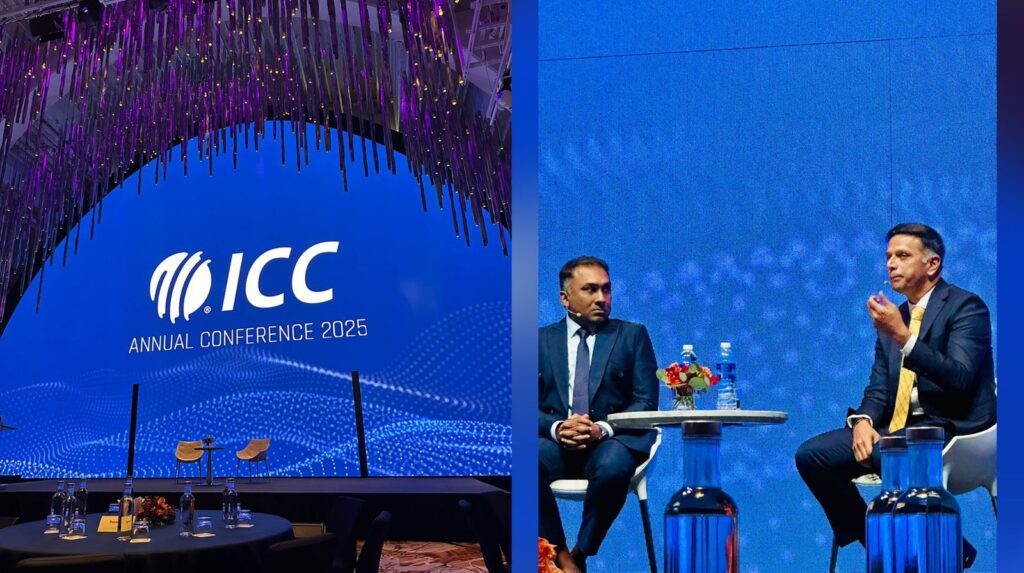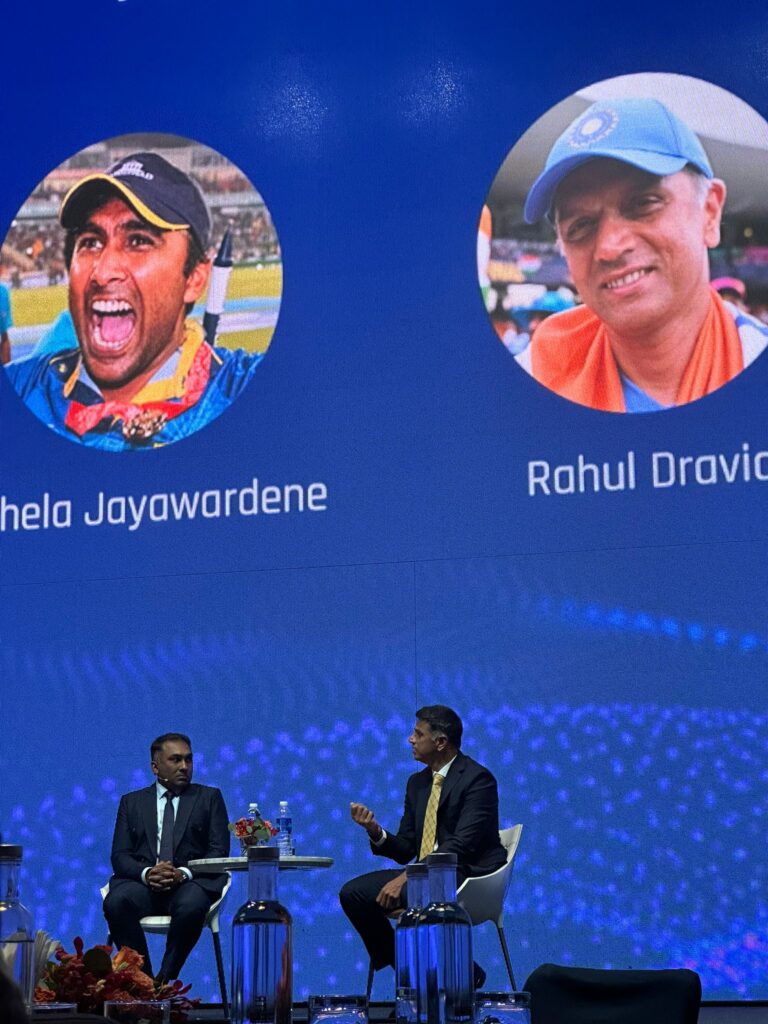
At the Annual ICC Conference, 2025, that is being hosted in Singapore, Rahul Dravid and Mahela Jayawardene were invited as guests of honour, to discuss various parameters about the future of cricket.
With regards to Test cricket, one of the ideas that has been debated for a while is whether there should be a two-tiered structure, one for the top six teams and another for the rest.
The key objective being to preserve the quality of competition in the purest form of the game, where the gulf in the standards between Test-playing nations has been widening in recent times.
Take the recently concluded Australia-West Indies series, where the former won all the three Tests by a margin of at least 159 runs.
Or the two-match South Africa-Zimbabwe series, where the visitors won the first Test by a mammoth 328 runs and the second one by an innings and 236 runs.
Such one-sided matches erode the brand equity of the format, losing the interest of the audience, which leads to a drop in viewership and hence sponsorship and broadcast revenues.
For the future of Test cricket, it is vital to debate as to whether the ICC should introduce tiers, where the 12 Test-playing nations compete in two different groups.
Australia, South Africa, England, India, New Zealand and Sri Lanka in one set; Pakistan, West Indies, Bangladesh, Ireland, Afghanistan and Zimbabwe in another. With there being a points-system that allows for mobility across the tiers, something that is prevalent in other sports like soccer.
This was one of the rare issues that the stalwarts, Dravid and Jayawardene disagreed on, with the former rooting for the tiers whilst the Mumbai Indian head coach suggested that such a move would disincentivise the relatively weaker teams from investing in red-ball cricket.

Jayawardene observed that the rise of Sri Lankan cricket, since it became a Test-playing nation in 1982, was a function of the team getting an opportunity to compete against some of the best bowlers and batters in the sport.
He went on to share that today when a batsman knows that he will be facing a Bumrah, the best Test bowler in the world, they have the impetus to challenge themselves to prepare harder and rise to the challenge.
Dravid, on the other hand, felt that a two-tier system would ensure that there would be parity in the cricketing standards between the competing sides, that would not just make the matches more interesting to watch but also protect the games commercially.
And that commercial value could further be utilised to develop the game in other member nations.
He referred to the ongoing India-England Test series where all the three matches thus far have been fiercely contested till the fifth day and shared that such contests have kept the format alive.
Beyond this one point, both gentlemen agreed on other critical matters, including the need to continue promoting women’s cricket and push for equal pay; the inclusion of the sport in the Olympics being a landmark opportunity to globalise cricket. Creating more awareness about the boons and banes of social media as far as players are concerned, and about T20 cricket subsidising the other two formats.
One must appreciate the efforts of the ICC for bringing together two of the modern-day legends of cricket, who have played 313 Tests and 792 ODIs between them and scored more than 50,000 international runs between them. Post-retirement, they have remained connected to the sport as coaches, mentors, and administrators and have a very good reading of the game, both on and off-the-field.
Most importantly, the two gentlemen command a lot of respect and their voice carries a lot of weight given their experience, impact, and the dignified approach with which they have carried themselves over the years.
Follow Revsportz for latest sports news



